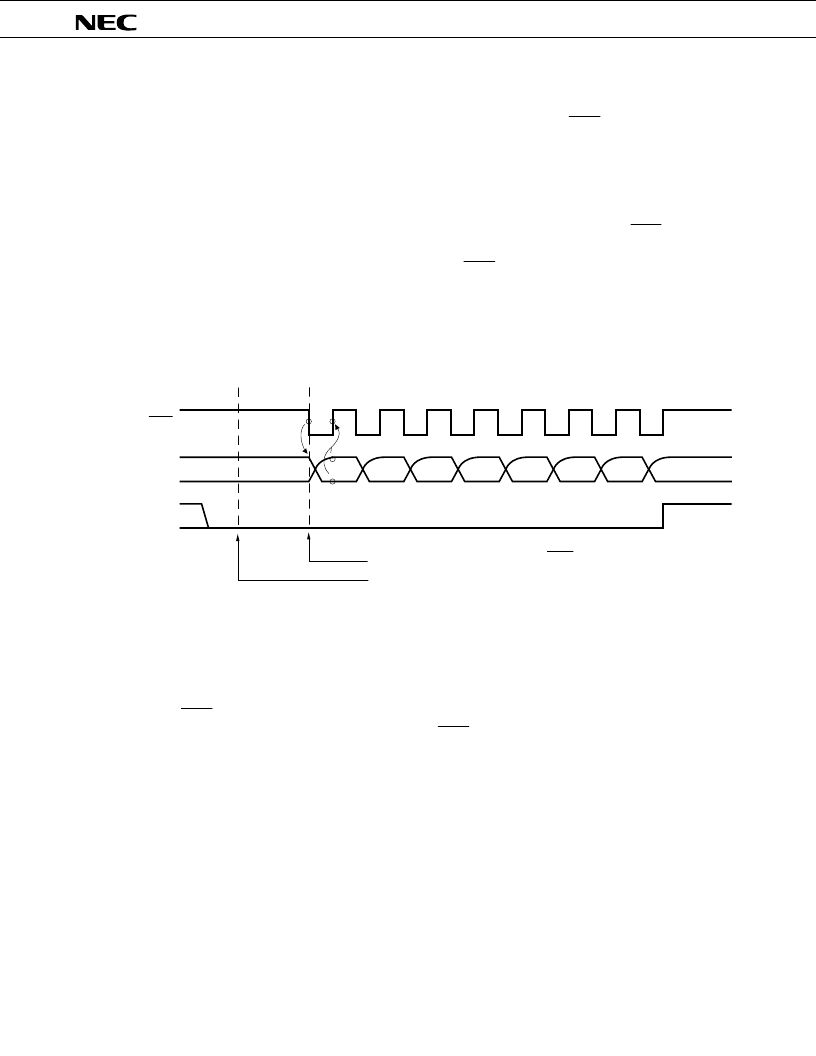- 您現(xiàn)在的位置:買賣IC網(wǎng) > PDF目錄383983 > UPD75236 (NEC Corp.) 4-BIT SINGLE-CHIP MICROCOMPUTER PDF資料下載
參數(shù)資料
| 型號(hào): | UPD75236 |
| 廠商: | NEC Corp. |
| 英文描述: | 4-BIT SINGLE-CHIP MICROCOMPUTER |
| 中文描述: | 4位單片機(jī) |
| 文件頁數(shù): | 98/190頁 |
| 文件大小: | 1220K |
| 代理商: | UPD75236 |
第1頁第2頁第3頁第4頁第5頁第6頁第7頁第8頁第9頁第10頁第11頁第12頁第13頁第14頁第15頁第16頁第17頁第18頁第19頁第20頁第21頁第22頁第23頁第24頁第25頁第26頁第27頁第28頁第29頁第30頁第31頁第32頁第33頁第34頁第35頁第36頁第37頁第38頁第39頁第40頁第41頁第42頁第43頁第44頁第45頁第46頁第47頁第48頁第49頁第50頁第51頁第52頁第53頁第54頁第55頁第56頁第57頁第58頁第59頁第60頁第61頁第62頁第63頁第64頁第65頁第66頁第67頁第68頁第69頁第70頁第71頁第72頁第73頁第74頁第75頁第76頁第77頁第78頁第79頁第80頁第81頁第82頁第83頁第84頁第85頁第86頁第87頁第88頁第89頁第90頁第91頁第92頁第93頁第94頁第95頁第96頁第97頁當(dāng)前第98頁第99頁第100頁第101頁第102頁第103頁第104頁第105頁第106頁第107頁第108頁第109頁第110頁第111頁第112頁第113頁第114頁第115頁第116頁第117頁第118頁第119頁第120頁第121頁第122頁第123頁第124頁第125頁第126頁第127頁第128頁第129頁第130頁第131頁第132頁第133頁第134頁第135頁第136頁第137頁第138頁第139頁第140頁第141頁第142頁第143頁第144頁第145頁第146頁第147頁第148頁第149頁第150頁第151頁第152頁第153頁第154頁第155頁第156頁第157頁第158頁第159頁第160頁第161頁第162頁第163頁第164頁第165頁第166頁第167頁第168頁第169頁第170頁第171頁第172頁第173頁第174頁第175頁第176頁第177頁第178頁第179頁第180頁第181頁第182頁第183頁第184頁第185頁第186頁第187頁第188頁第189頁第190頁

98
μ
PD75236
SCK0
SB0/SB1
IRQCSI0
1
2
3
4
5
6
7
8
D7
D6
D5
D4
D3
D2
D1
D0
Execution of data write instruction to SIO0
(Transfer Start Command)
Transfer start at the falling edge of SCK0
End of Transfer
(c)
2-wire serial I/O mode operations
The 2-wire serial I/O mode can be applied to any communication format by program.
Communication is basically carried out using two lines of serial clock (SCK0) and serial data input/
output (SB0 or SB1).
(i)
Communication
The 2-wire serial I/O mode is used for data transmission and reception in 8-bit units. Bit-wise data
transmission/reception is carried out in synchronization with the serial clock.
Shift operation of shift register 0 is carried out at the falling edge of serial clock (SCK0). Transmit
data is held at the SO0 latch and output from the SB0/P02 (or SB1/P03) pin with MSB set as the first
bit. Receive data input from the SB0 (or SB1) pin at the SCK0 rising edge is latched to the shift
register 0.
Upon termination of 8-bit transfer, the shift register 0 operation automatically stops and the
interrupt request flag (IRQCSI0) is set.
Fig. 4-51 2-Wire Serial I/O Mode Timing
Since the pin specified for the serial data bus of the SB0 (or SB1) pin becomes an N-ch open drain
input/output, it must be pulled up externally.
Since the SB0 (or SB1) pin outputs the SO0 latch status, the SB0 (or SB1) pin status can be
manipulated by setting the RELT and CMDT bits.
However, do not carry out this operation during serial transfer.
The SCK0 pin can control the output status by manipulating the P01 output latch in the output
mode (internal system clock mode) (refer to
4.9 (7) SCK0 pin output manipulation
).
相關(guān)PDF資料 |
PDF描述 |
|---|---|
| UPD75516 | 4-BIT, SINGLE-CHIP CMOS MICROCOMPUTER WITH EXTENSIVE I/O AND A/D CONVERTER |
| UPD75516GF-637-3B9 | 4-BIT SINGLE-CHIP MICROCOMPUTER |
| UPD75516GF-076 | 4-BIT SINGLE-CHIP MICROCOMPUTER |
| UPD75516GF-079 | 4-BIT SINGLE-CHIP MICROCOMPUTER |
| UPD75516GF-102 | 4-BIT SINGLE-CHIP MICROCOMPUTER |
相關(guān)代理商/技術(shù)參數(shù) |
參數(shù)描述 |
|---|---|
| UPD753012AGC-P33-8BT-A | 制造商:Renesas Electronics Corporation 功能描述: |
| UPD753016AGC-P29-8BT | 制造商:Renesas Electronics Corporation 功能描述: |
| UPD75304GF-407-3B9 | 制造商:Renesas Electronics Corporation 功能描述: |
| UPD75306G182 | 制造商:Panasonic Industrial Company 功能描述:IC |
| UPD75308F478 | 制造商:Panasonic Industrial Company 功能描述:IC |
發(fā)布緊急采購,3分鐘左右您將得到回復(fù)。